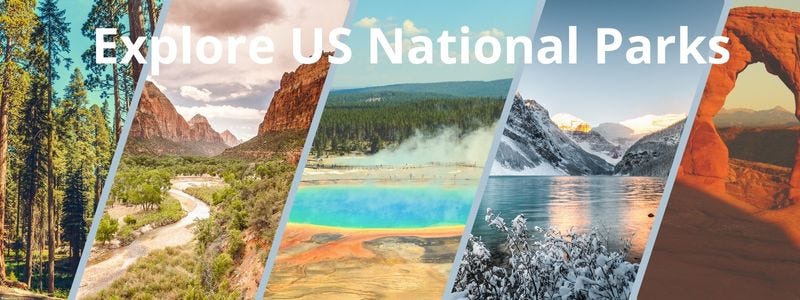For less than the cost of a park souvenir or your favorite trail snack, you can upgrade to our Premium Newsletter. You'll unlock exclusive access to in-depth park guides, hand-picked itineraries, limited-time tour deals, and our interactive U.S. National Parks Map Uncovered (coming Soon)
Dry Tortugas National Park is a remote gem about 70 miles west of Key West, Florida. Known for its stunning wildlife and rich history, the park centers around Fort Jefferson, a massive coastal fortress with Civil War-era roots. Though small and hard to reach, it offers a unique mix of snorkeling, birding, and historic exploration.
Most visitors take a day trip via ferry from Key West, which gives you about 4 hours on the island. Here's how to make the most of it:
👉 Planning a Trip? Get my Complete Guide to Dry Tortugas.
How to Spend a Day on Dry Tortugas
1. Explore Fort Jefferson
Tour the massive brick fort or take the guided talk offered by the ferry crew, highly recommended.
2. Snorkel the Reefs
Pick up your gear from the ferry and explore the coral, fish, and shipwrecks. Conditions depend on the wind.
3. Walk the Moat Wall
Circle the fort for beautiful ocean views. Some sections may be closed due to storm damage.
4. Relax at the Beaches
South Beach and North Beach offer clear, calm waters for swimming.
5. Watch the Birds
This is a major bird sanctuary, look for sooty terns, frigatebirds, and more, especially in spring.
6. Take Photos
From the turquoise water to the brick walls of the fort, this park is made for photographers.
More Things to Know
Getting There: Book the Yankee Freedom Ferry months in advance—space is limited.
No Services on the Island: The ferry provides lunch and snorkel gear, but there are no shops or amenities.
Limited Cell Service: Download everything before you leave Key West.
Camping: Primitive camping is available on a first-come basis. Learn more about camping on the NPS Site.
Weather: Conditions can change fast—check forecasts and be ready for cancellations.
Area Closures: Bush Key is closed seasonally for nesting; Loggerhead Key requires your own boat or kayak.
Respect the Ecosystem: Leave no trace, and only fish where permitted (license required).





